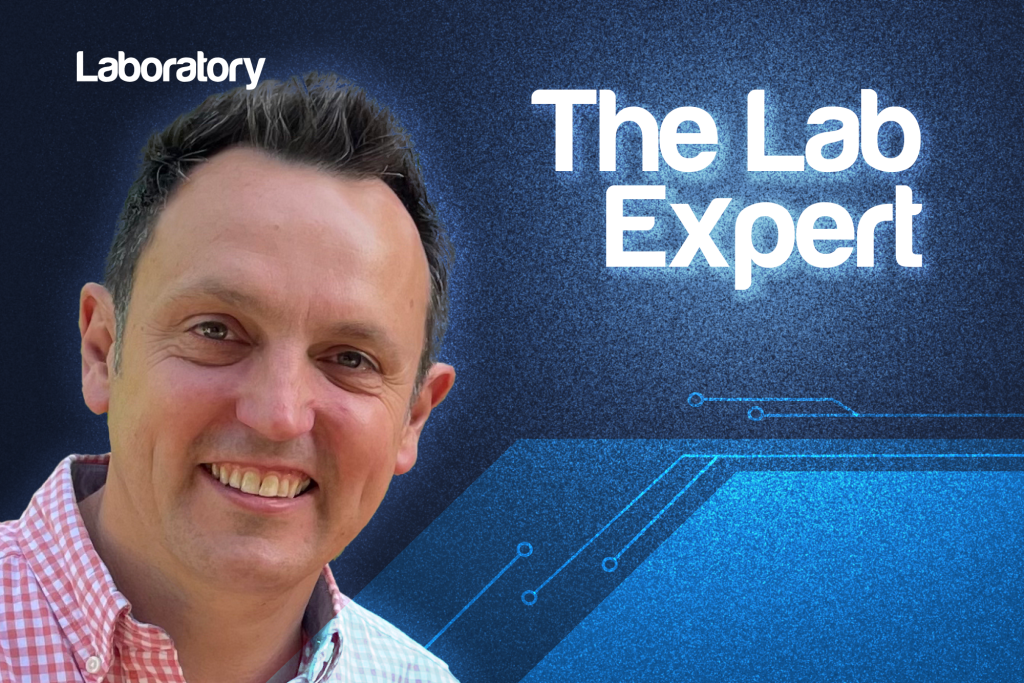
Ashley Byrne discusses some of the changes and challenges that come along with advances in dental technology, and how the industry can adapt to this new era.
I recently attended the LMT event in Chicago. My takeaway was that the industry is evolving faster than I anticipated. I’ve always maintained that our industry is changing rapidly, but after this event, it became clear to me that unless we adapt quickly, we may face challenges.
The modernisation of our industry has been ongoing for years. Now almost all aspects of our manufacturing processes can be digitised. Crown and bridge, dentures, and orthodontic devices can all be produced using digital methods. However, it’s widely acknowledged that some materials and software still require refinement. Nevertheless, it won’t be long before these issues are resolved.
A prime example of this is the emergence of printed dentures using PolyJet technology. These dentures are printed in one piece, offering an incredible range of colours without the need for supports, as they are nested in a clear material that is washed off. Utilising the standard CMYK colour scheme, akin to many standard printers, the quality of colours used is truly impressive. When artificial intelligence (AI) is employed to design these dentures, one might question the role of the dental technician in this process.
An aging population
We face a significant challenge with a rapidly aging population driving demand, contrasted with a similarly aging dental technician workforce. Evidence from the US indicates that over 60% of all technicians are over 55, a statistic from 2021. The UK and EU exhibit similar trends, suggesting that approximately half of the entire industry is poised to retire within the next five years. In the US, less than 16% of technicians are under 44, a crisis level statistic for any industry. Urgent change is required. Otherwise, we risk having a solution forced upon us, a fate that has befallen many manufacturing industries in just a few years.
In 2018, my good friend Paolo Kalaw wrote a controversial article titled ‘How to survive the dental lab apocalypse’, which created significant backlash. Paolo discussed this at the Chicago event this year, mentioning that he received hundreds of hate mails in response. Having read the article, I found myself in complete agreement with Paolo’s observations and predictions. Six years later, what Paolo suggested is precisely what is unfolding – a decline in numbers and labs.
‘The dental industry will find a way forward, with or without us’
I still hear sentiments like, ‘Machines can’t replicate what technicians do!’ and ‘If they automate our jobs, we’ll resist it!’ And, of course, my personal favourite: ‘The industry won’t survive without us!’
Well, for those who remain skeptical, here’s a reality check: the dental industry will find a way forward, with or without us. The truth is, the vast majority of the population isn’t even aware of our existence so our absence wouldn’t be mourned for long. Paolo aptly advises us to ‘park our egos’ and he’s right. If we believe that the industry cannot thrive without us, it’s time for some self-reflection.
However, amidst this seemingly bleak outlook, there is hope. I genuinely believe that there’s another path forward, but we stand at a crossroads. Opting for the familiar, comfortable route might lead to extinction, but embracing change presents incredible opportunities.
Embracing change
Witnessing the advancements AI is making in dental technology left me speechless. AI isn’t just about designing teeth. It’s poised to revolutionise every aspect of our work, from treatment planning to final quality control. The lectures at the event divided the audience – some viewed AI as a threat and the end of our industry, while others, myself included, saw it as a gateway to endless possibilities. The angry dissenters are heading left, while the optimistic opportunists are heading right at this metaphorical fork in the road that is dental technology.
Merely producing high-quality false teeth through traditional methods may no longer suffice. Digitisation is a step in the right direction, but our industry requires radical change and a fresh perspective. Embracing AI across all levels, coupled with a focus on scalability, is crucial to addressing the challenges posed by dwindling technician numbers.
Efficiency, education, service, and reliability are paramount. As is the need for legislation, traceability, and software integration. Patient expectations are on the rise, while dentists’ time is increasingly limited. How do we navigate these challenges?
I don’t believe AI will eliminate jobs, but it will certainly alter them. The knowledge and expertise of a dental technician are invaluable, presenting a tremendous opportunity, but only if we’re willing to adapt. I’m optimistic about the future of dental technology, but we mustn’t become complacent.
Catch up with previous columns from The Lab Expert:
- Is it time to embrace the printed digital denture?
- What will 2024 bring to dental technology?
- How to manage the professional development of your team
- How to handle debt recovery
- Should we look outside our industry to run better labs?
Follow Dentistry.co.uk on Instagram to keep up with all the latest dental news and trends.


